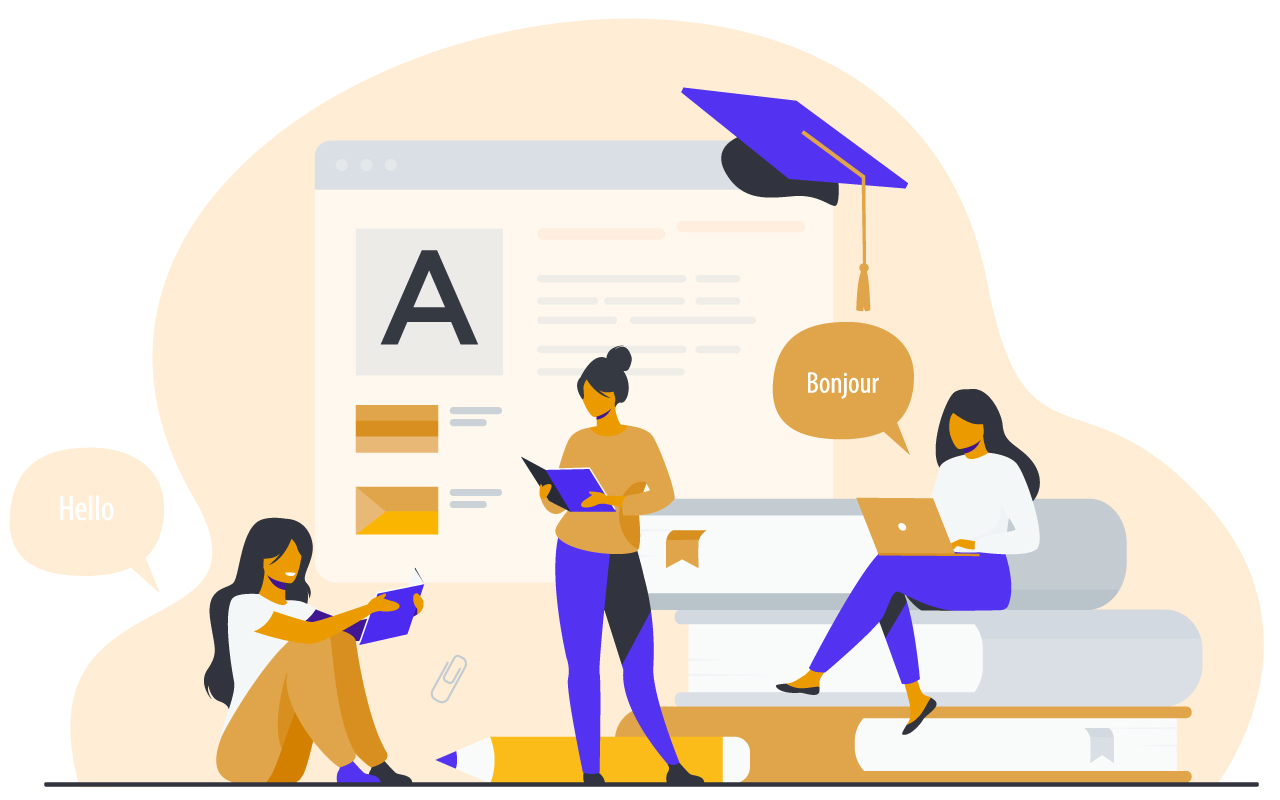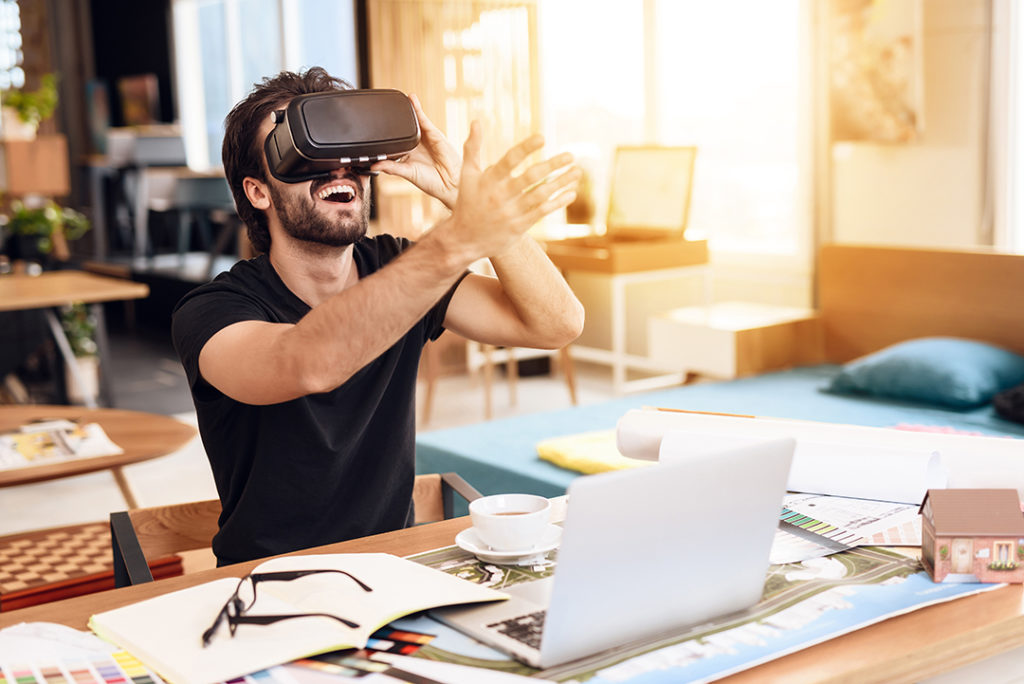EdTech Trends – How Technology is Changing the Future of Education
3 March 2021

The pandemic has changed education systems across the world. Technology is creating new challenges and many new opportunities for educational institutions of all types, from early education to universities. Thanks to Covid-19, edtech is not a choice anymore. It is essential in the field of education.
EdTech has been crucial since the start of this worldwide pandemic. Schools have used Google Classroom and other tools to teach their students and send them work. What was considered until recently as the future of education is now becoming the norm. Although there has been immense growth in this area in 2020, as EdTech companies competed for clients, there is still a lot more growth to come. Schools and education of children should undergo an extensive digital transformation to be able to meet the needs of the young generation and their digitalized future. Let’s take a look at the leading edtech trends that are driving and will continue to drive the education sector in 2021.
Artificial Intelligence (AI),Virtual and Augmented reality
The traditional way of teachers writing on the blackboard and students copying the content is far left behind. Artificial Intelligence (AI) has transformed the education sector to make learning easier. For example, face recognition technology is used to take attendance by recognizing students’ faces automatically. AI enables a list of features in exam monitoring. It identifies cheating during online exams and conducts online invigilation through AI-powered auto proctoring. Other examples include plagiarism checkers used by educational institutions, AI writing assistants, writing apps and platforms like customised dissertation writing services.
Virtual reality (VR) and augmented reality not only enables teachers to capture students’ attention but also helps them to teach in a more engaging and productive way, which simplifies the concept explanation process. There are some obvious benefits in leveraging the use of these new innovations particularly in lessons where students are encouraged to fly through space to study the formation of stars or shrink down to inspect the insides of the human anatomy. The possibilities are endless.

Blockchain in education technology
Blockchain is a major unexpected technology that is making breakthrough changes in the education sector. The education industry has a lot of data to store. Blockchain houses them in a secured manner. Every time new data is added, blockchain technology adds another ‘block’ to the system, making the storage technically limitless.
Within the education sector blockchain technology can present a secure and verified identity tracking mechanism for students, it offers a release from bureaucratic clutter for students. Much of the paperwork and authentication methods that students have to do when trying to transfer credits, add a class or get approval from multiple sources could be avoided with blockchain. Blockchain can also be used to issue diplomas. Credentials stored on a blockchain represent a more viable and ecological alternative to paper copies of a diploma.
Robotics
In education, robots and artificial intelligence applications are helping to design more flexible teaching and learning systems. The great thing about educational robots is that it encompasses the entire span of education. By that, I mean that there are robotics tools available for kindergarteners just as consistently as there are robotics tools available for 8th graders. What is more from robotics can benefit especially those with physical, sensory or mental disabilities. For example, “smart” personal assistants such as Siri by Apple, which can be used on every one of the brand’s devices, help students accomplish many tasks by voice command. This will be especially useful for learners who have trouble seeing their screens or typing on their keyboards.
Gamification in learning process
Gamification is now a top edtech trend. Here, the focus is on integrating game mechanics to introduce an element of fun into lessons, leading to more participatory, and ultimately, more memorable classroom experiences.When the classes go boring for a long time, conducting games is a good way to engage with students. Students can learn and practice while they are joining in on exciting game activities. In the modern age, when it is big trouble to make students attend classes, educators can boost student engagement and encourage active learning through games.

More personalized education
While a personalized education experience isn’t a novel concept, technology can make achieving it much easier. Today’s classrooms are diverse and complex, and access to technology helps better meet each student’s needs. Edtech services work hard to personalize the learning experience and are trying to address everybody’s needs. Online education services leverage the facility for students to take up tailored courses as per their wish.Technological tools can free teachers up from administrative tasks such as grading and testing to develop individual student relationships. Teachers can access a variety of learning tools through technology to give students differentiated learning experiences outside of the established curriculum.

Summary
With any new technology, design decisions affect the outcomes of the final application. Edtech is no different. As many of the world’s school children continue to learn from home — with no return to physical school in sight, the demand for effective edtech applications will only grow.





